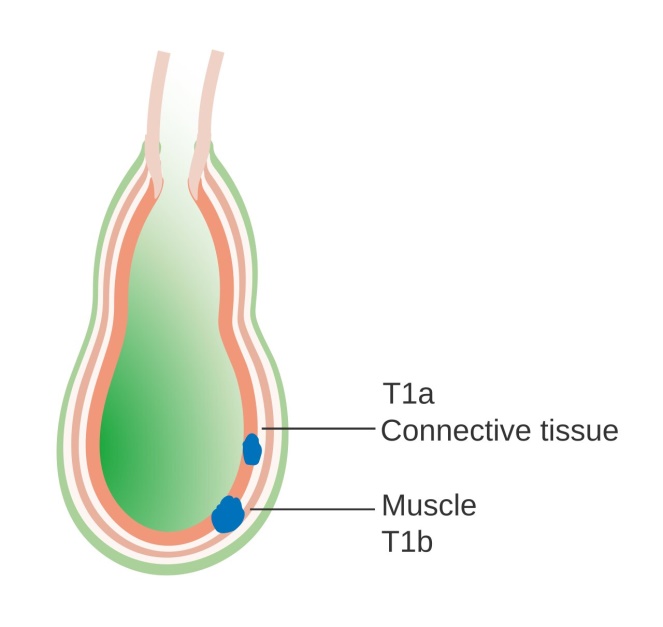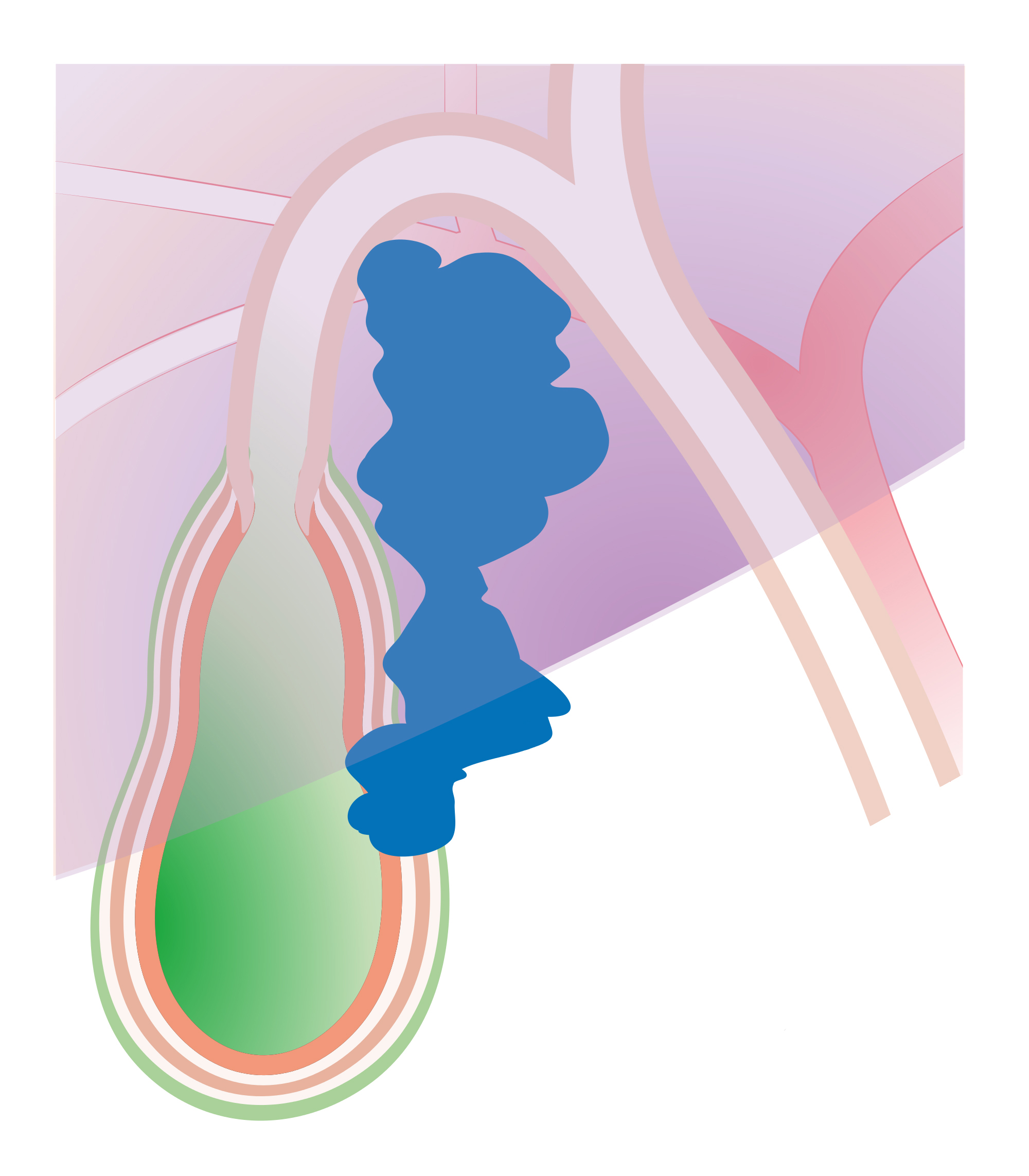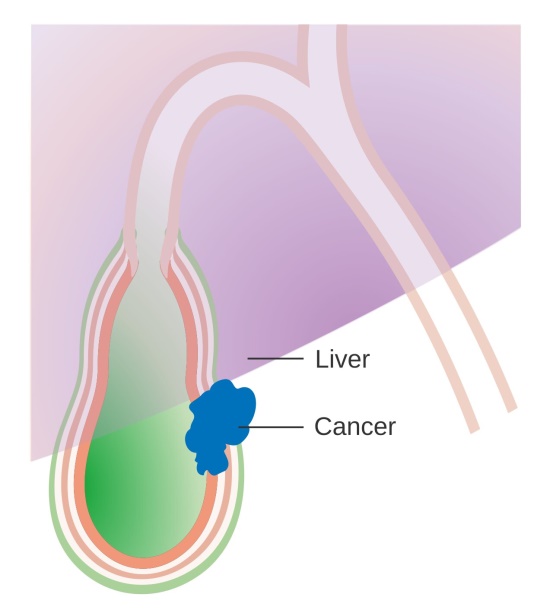What Is Gallbladder Cancer?
Gallbladder cancer may be a relatively uncommon cancer, with an incidence of fewer than 2 cases per 100,000 people per annum within us. it's particularly common in central and South America, Central and Eastern Europe, Japan, and northern India; it's also common in certain ethnic groups e.g. Native American Indians and Hispanics. If it is diagnosed early enough, it is often cured by removing the gallbladder, a part of the liver, and associated lymph nodes. most frequently it's found after symptoms like abdominal pain, jaundice and vomiting occur, and it's spread to other organs like the liver. It is rare cancer that's thought to be associated with gallstones building up, which can also cause calcification of the gallbladder, a condition referred to as porcelain gallbladder. Porcelain gallbladder is additionally rare. Some studies indicate that folks with a porcelain gallbladder have a high risk of developing gallbladder cancer, but other studies question this. The outlook is poor for recovery if the cancer is found after symptoms have begun to occur, with a 5-year survival rate of close to 3%.
Signs and symptoms
- Steady pain within the upper right abdomen
- Indigestion
- Dyspepsia (gas)
- Bilious vomit
- Weakness
- Loss of appetite
- Weight loss
- Jaundice and vomiting due to obstruction
Early symptoms mimic gallbladder inflammation due to gallstones. Later, the symptoms could also be that of biliary and stomach obstruction. Of note, Courvoisier's law states that within the presence of a palpably enlarged gallbladder which is non-tender and accompanied with mild painless jaundice, the cause is unlikely to be gallstones. This implicates possible malignancy of the gallbladder or pancreas, and therefore the swelling is unlikely due to gallstones due to the chronic inflammation associated with gallstones resulting in a shrunken, non-distensible gallbladder. However, Ludwig Georg Courvoisier's original observations, published in Germany in 1890, weren't originally cited as a law, and no mention of malignancy or pain (tenderness) was made. These points are commonly misquoted or confused within the medical literature.

Risk Factors
- Gender— approximately twice as common in women than men, usually within the seventh and eighth decades
- Obesity
- Chronic cholecystitis and cholelithiasis
- Primary sclerosing cholangitis
- Chronic typhoid infection of the gallbladder; chronic salmonella typhi carriers have 3 to 200 times higher risk of gallbladder cancer than non-carriers and 1–6% lifetime risk of development of cancer
- Various single nucleotide polymorphisms (SNPs) are related to gallbladder cancer; however, existing genetic studies in GBC susceptibility have so far been insufficient to verify any association
- Gall bladder polyps
- Calcified gallbladder wall (porcelain gallbladder)
- Congenital abnormalities of the bile duct-like choledochal cyst

Treatment
If detected early in a stage where it has not spread, gall bladder cancer is often treated by surgery. Surgery for gallbladder cancer is called radical cholecystectomy or extended cholecystectomy. It entails the removal of the gall bladder alongside adequate removal of its liver bed to the healthy tissue. The lymph nodes within the vicinity also are removed. Sometimes removal of a large part of the liver called hepatectomy is required to completely remove the tumor. The bile duct if involved also must be removed. However, with gallbladder cancer's extremely poor prognosis, most patients will die within a year of surgery. If surgery isn't possible, endoscopic stenting or percutaneous transhepatic biliary drainage (PTBD) of the biliary tree can reduce jaundice and a stent in the stomach may relieve vomiting. Chemotherapy and radiation can also be used with surgery. If gallbladder cancer is diagnosed after cholecystectomy for stone disease (incidental cancer), re-operation to get rid of a part of the liver and lymph nodes is required in most cases. When it's done as early as possible, patients have the simplest chance of long-term survival and even cure.

Signs and symptoms
- Steady pain within the upper right abdomen
- Indigestion
- Dyspepsia (gas)
- Bilious vomit
- Weakness
- Loss of appetite
- Weight loss
- Jaundice and vomiting due to obstruction
Early symptoms mimic gallbladder inflammation due to gallstones. Later, the symptoms could also be that of biliary and stomach obstruction. Of note, Courvoisier's law states that within the presence of a palpably enlarged gallbladder which is non-tender and accompanied with mild painless jaundice, the cause is unlikely to be gallstones. This implicates possible malignancy of the gallbladder or pancreas, and therefore the swelling is unlikely due to gallstones due to the chronic inflammation associated with gallstones resulting in a shrunken, non-distensible gallbladder. However, Ludwig Georg Courvoisier's original observations, published in Germany in 1890, weren't originally cited as a law, and no mention of malignancy or pain (tenderness) was made. These points are commonly misquoted or confused within the medical literature.
